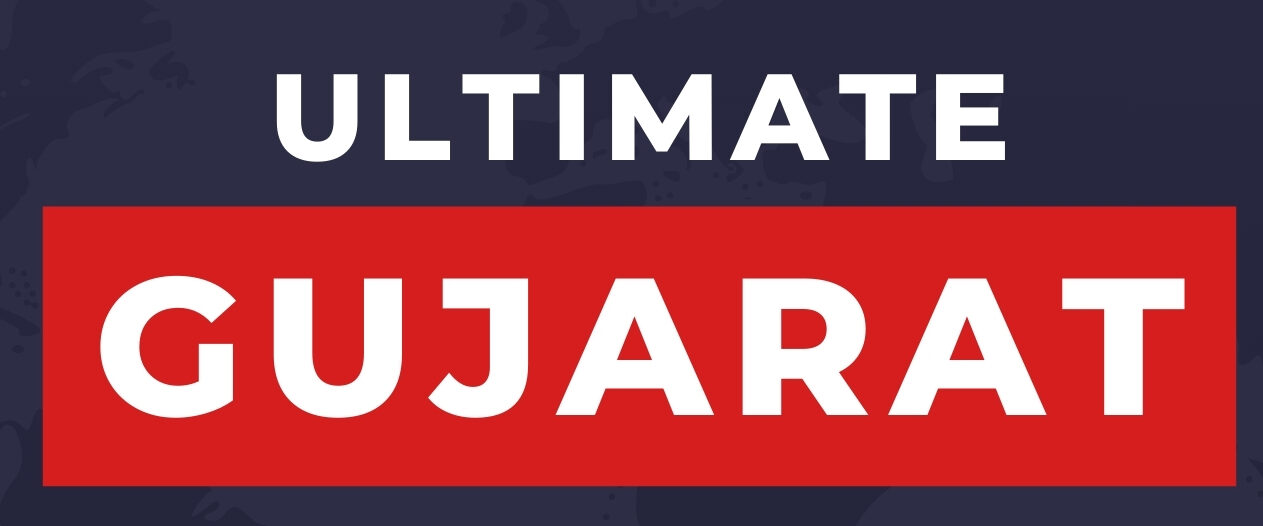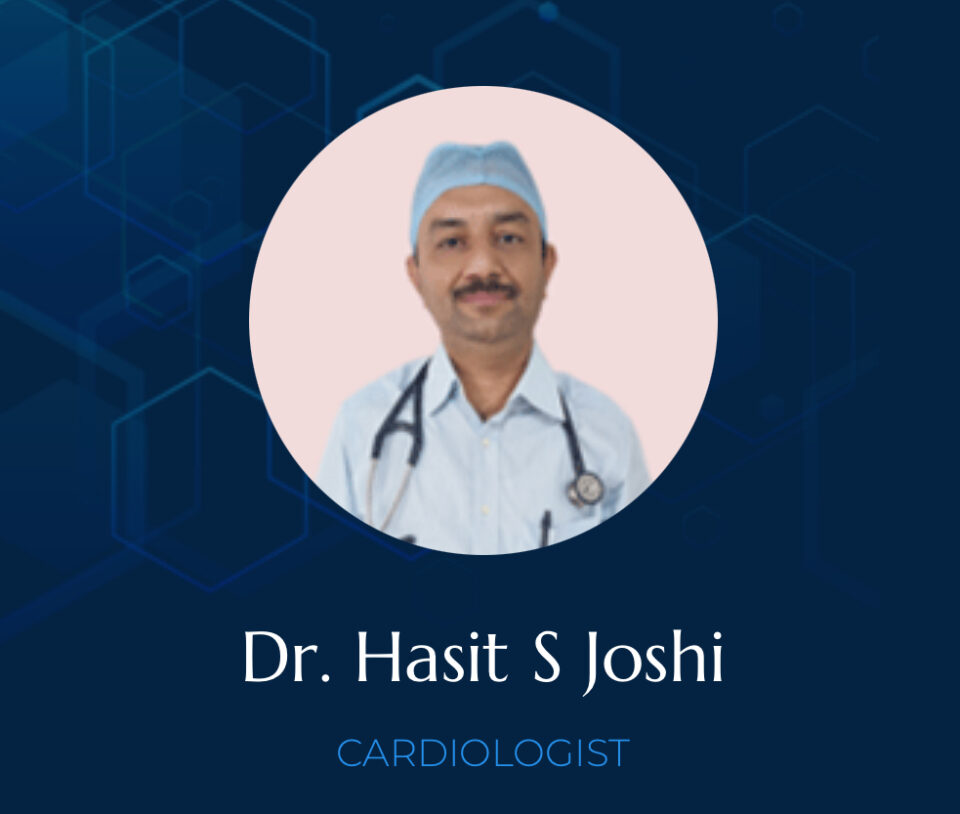Gujarat, Ahmedabad 01st October 2024: India is currently experiencing a troubling rise in coronary artery disease (CAD) and heart attack. Coronary artery disease, also known as ischemic heart disease (IHD), is characterized by the gradual narrowing of the arteries due to plaque deposits, which restricts the flow of oxygenated blood to the heart.
Understanding Coronary Artery Disease: Plaque, a combination of cholesterol, fatty substances, and calcium, accumulates on the inner walls of the arteries, leading to blockages that can result in heart attacks. This condition is often more severe in individuals with additional health issues such as hypertension and diabetes.
Causes and Symptoms of a Heart Attack:
Tobacco use, regular consumption of saturated fats, trans fats, processed foods, fast foods, red meat, sugar, refined carbohydrates, and sedentary lifestyles are known to increase the risk of heart blockages.
Hypertension (High Blood pressure), Diabetes, High levels of Low-Density Lipoprotein (LDL), Obesity, Chronic inflammation, Stress, and Genetic factors also contribute to the narrowing of the arteries.
Patients usually experience varied symptoms like chest pains, shortness of breath, fatigue, palpitations, sweating, nausea, dizziness, and radiating pain to the shoulders, arms, neck, jaw, or back.
Treatment Options :
Coronary Artery Bypass Grafting:
Coronary Artery Bypass Grafting (CABG), also known as a bypass surgery, has been a traditional treatment option for heart blockages, wherein, a new route is created around the blocked artery to regulate normal blood to the heart. This is an invasive process and is often considered high-risk for patients with comorbidities.
Angioplasty:
Angioplasty, also known as Percutaneous Coronary Intervention (PCI), is a minimally invasive procedure to widen the blocked artery and restore blood flow to the heart. Angioplasty is the most recommended treatment for CAD patients with co-morbidities.
An angioplasty procedure is performed in a Cath Lab using mild sedation and local anaesthesia. A thin, flexible tube called a ‘catheter’ is inserted through the groin region or radial route, and guided to the blocked coronary artery using advanced imaging technology. A small catheter with a balloon at its tip then threaded through the first catheter into the blocked artery and inflated to compress the plaque against the artery walls and widen the artery. A stent is then permanently placed at the blocked site to keep the artery open.
Drug-Eluting Stents:
DES are tubular structures that provide scaffold support to the artery and are made of metal alloys like cobalt-chromium that can withstand the mechanical stress within the artery. The stents are coated with a biocompatible or biodegradable polymer layer that is responsible for the carrying and controlled release of the drug.
Drug Eluting Stents are designed to gradually release medication to keep the artery open after the blockage is removed, prevent the re-narrowing of the treated artery by inhibiting the overgrowth of tissue around the stent, and ensure normal blood flow to the heart. This function of DES significantly reduces the rate of restenosis compared to traditional stents.
“Drug Eluting Stents have been observed to be effective in preventing the uncontrolled, overgrowth of smooth tissues around the stents that can lead to re-narrowing (restenosis) of the treated blood vessel. Long-term data of patients with DES show sustained structural efficacy of the stent and other benefits even after several years of the procedure” informs Dr. Hasit Joshi, Cardiologist, Apollo Hospital, Bhat.
Advantages of Angioplasty:
Treatment option for comorbid patients: Angioplasty has offered a new treatment option for patients with comorbidities.
Reduced Risk of Restenosis: DES has been observed to significantly reduce restenosis compared to traditional stents.
Recovery Time: Angioplasty usually takes less recovery time.
Awareness and Precaution:
Awareness and precaution are the most essential elements for managing heart blockages. Improved dietary habits, and avoiding tobacco usage along with regular health check-ups to detect underlying conditions like hypertension, diabetes, and high cholesterol can help to avoid the risk of a heart attack and fatality.


